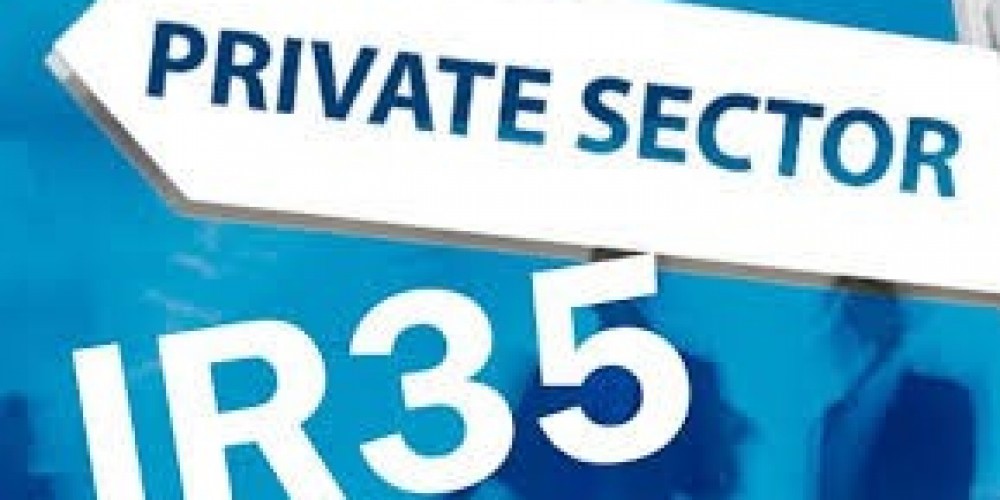
The govt has made plans to make changes off-payroll working (IR35) rules effective from April 2020. This is going to affect any contractors, freelancers, working through the personal services company, Recruitment agencies and all large and medium sized end clients.
If you are a contractor supplying services through a limited company or a personal services company, you need to be aware of IR35 as this can have an impact on how you get paid and how much NI you have to pay. Especially with the changes in IR 35 legislation introduced in the private sector which will be applied in April 2020 you need to have a clear understanding of IR 35 and the changes that follow. In this article we have explain these changes in a simplified way.
First introduced in 2000, IR35 is designed to reduce tax avoidance by contractors who are considered to be “disguised employees” by HMRC – people who work in a similar way to full-time employees but bill for their services via their limited companies to make their business as tax efficient as possible. Many contractors therefore prefer to work outside IR 35 (working as self-employed) as it results in higher take home pay than PAYE or an umbrella company.
IR35 in the public sector
Originally, IR35 employment status was declared by the contractor and not the hiring organisation. But in 2017, the rules changed significantly for the public sector, with the responsibility to prove self-employed status shifting from the contractors themselves to the hirer.
IR35 in the private sector
The Government realises that contractors paying less tax than employees is unfair. As a result, the IR35 reforms already implemented in the public sector are to be extended to private sector contracts in 2020.
Private sector IR35 reform is set for April 2020, when the public sector rules will be applied to the private sector. This means private sector employers hiring contractors will be responsible for determining their IR35 status.
The changes in the legislation mean that the end client is now responsible for determining whether a contract Is inside or outside of the IR35 rule.
The changes are explained below:
Exemption to small business in new IR35 rules
The legislation applies to small and the medium company only. If the end client is the 'small business' as defined by the Companies ACT 2006, responsibility for determining the IR 35 status of the contract remains with the PSC and the changes do not apply.
The legislation will apply to the parent company based on the aggregate amount of turnover and the aggregate amount of the balance sheet that is the total of all the entities owned by the parent company. This clause is included to make sure that the medium or the large entities do not set up subsidiaries to get services from PSCs.
This exception is only introduced in the private sector and does not apply to the public sector.
IR35 Status Determination Statement (SDS)
Once the end client has confirmed the IR 35 status of the contract they must confirm in writing. This is done by providing a 'Status Determination Statement' (SDS) to the PSC worker or to the agency responsible for paying PSC.
5% administration allowance withdrawn
The draft legislation removes the 5% allowance for PSCs to meet the costs of administering the off-payroll working rules. The allowance will continue for PSCs working with 'small' end-clients.
Check of Employment Status Tool (CEST):
The legislation also recognises that the employment status tool is strengthen.
The basic questions to determine the employment status of the client are as follows:
- How you're paid
- Running a business of your own accord
- The equipment you use
- Contractor remains separate from client business
- Exclusivity
- Financial risk.
For more information contact Taxaccolega, accountants in Croydon, at 0208 127 0728 and we will be happy to help you with your questions.